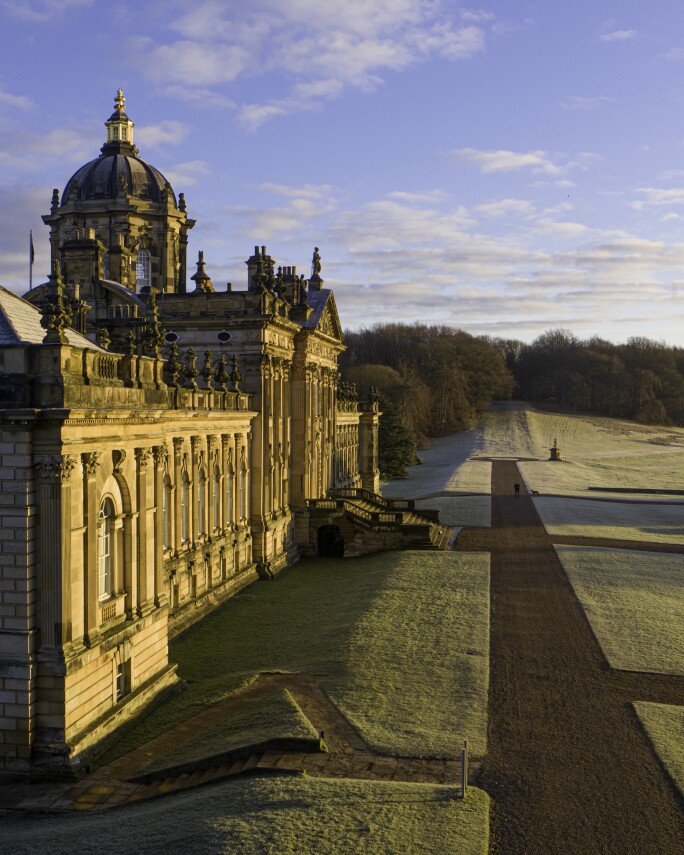
Fabergé and Vertu from Castle Howard
Castle Howard, one of Britain’s greatest and most beautiful country houses, has for generations been home to one of the most important collecting dynasties in Britain. Among their vast collections includes one of the last important groups of Fabergé animals in private hands, some thirty pieces of Fabergé and vertu that were carefully stored in a leather case in the private reaches of the estate. Once or twice a year, the figures would emerge to form the decoration on the dining table for a large dinner party.
Encapsulating the whimsical charm and artful craftsmanship of the most famous jeweller of the time, these rare animals are characterised by their thoughtful use of appropriately chosen hardstones and their diversity of scale. Alongside the menagerie, the collection also includes Fabergé and European desk accessories.
With parallels to the Sandringham collection of Fabergé animals commissioned for King Edward VII and Queen Alexandra in 1907, now held in the Royal Collection, the animal studies assembled at Castle Howard epitomise Fabergé’s unmatched craftsmanship and creativity.
Part of the proceeds from the auction will contribute to the restoration of the Tapestry Drawing Room, enhancing the public collections of Castle Howard. In 1940, a devastating fire gutted the Tapestry Drawing Room, which has remained a shell ever since. As part of a major renovation of Castle Howard’s historic interiors, from April 2025, visitors will be able to see the fully restored and decorated space.
About Castle Howard

Set in the rolling Howardian Hills of North Yorkshire, and designed by the architect and dramatist John Vanbrugh in 1699, the exuberant facades and interiors of Castle Howard are familiar the world over as the backdrop to TV drama Brideshead Revisited and Stanley Kubrickʹs Barry Lyndon. The grandeur of the setting is echoed by the magnificent collections of antiquities, paintings, furniture and works of art that have graced its interiors for nearly three centuries.
For generations, members of the family have been among the leading patrons and collectors of their time, beginning with the 3rd Earl of Carlisle, whose vision and daring resulted in the building of the family’s magnificent Yorkshire home, Castle Howard. Later, the 9th Earl, himself an artist, formed a famous collection of 15th and 16th-century paintings, many of which were gifted on his death to the National Gallery in London. Each generation has contributed in its own way to the magnificence and breadth of the overall collection.